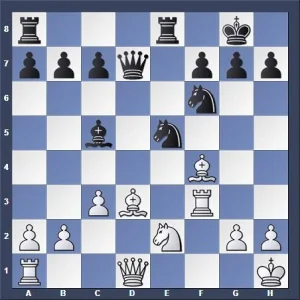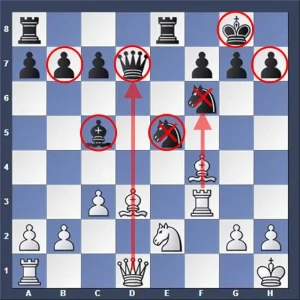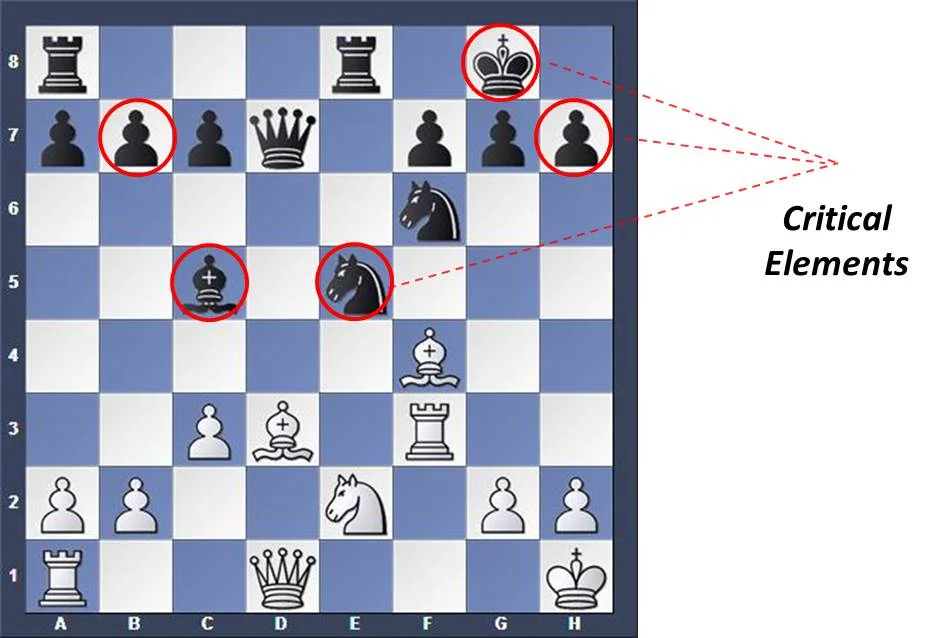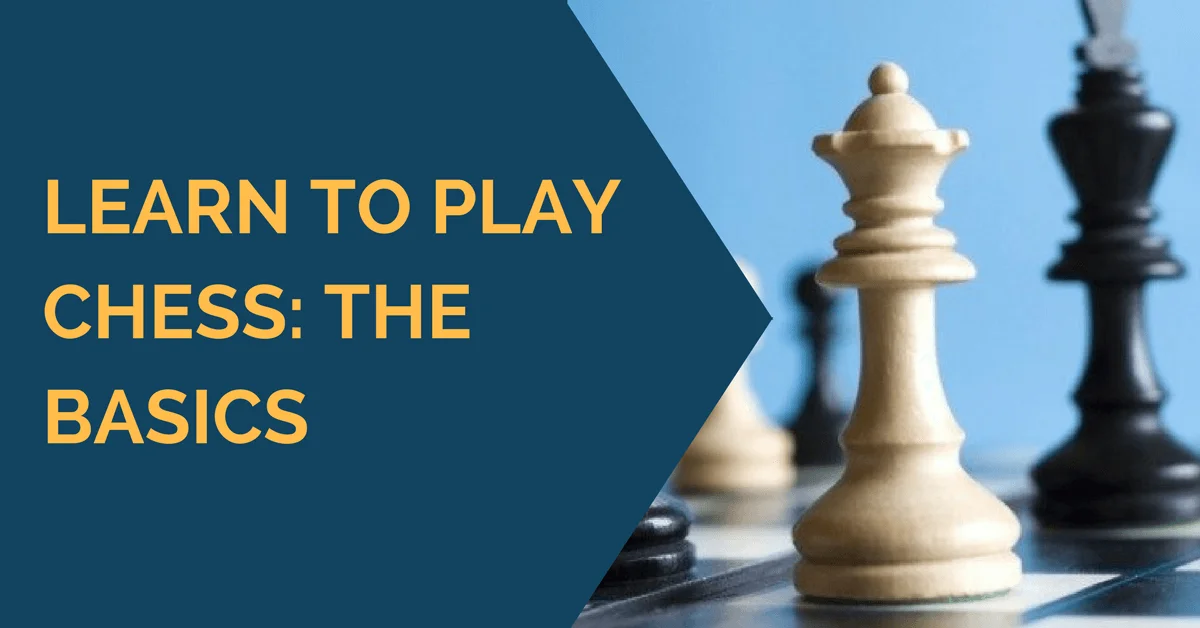Classical Position Analysis vs. Ultra-Modern Chuzhakin System
Today we will talk about the evaluation of positions in chess by using two different approaches: a Classical method that has been tested a lot and a totally new one, so-called Chuzhakin System. This system was developed by a Russian chess player Evgeny Chuzhakin. We will try to figure out which approach is superior and why.
First we will analyze the following position by using a Classical approach. One of the most common outlines used for a position analysis consists of 4 criteria:
1. King Safety – the difference of positions of the Kings. If one King is relatively safe in respect to the other one he gets a value from +1 to +2 points. We don’t take into account positions where a forced mate exists.
2. Material on the board – standard numeric values for the pawns and pieces can be used here. So, Pawn = 1 point, Bishop = 3 point, Knight = 3 points, Rook = 5 points, Queen = 9 points, King is assigned to 3.5 points in the endgame
3. Activity of the pieces – defined as the difference of activity between your piece and similar piece in the opponent’s camp (example Knight vs. Knight, Rook vs. Rook and Queen vs. Queen, etc.) Maximum difference in activity will be 1.5 points or 1.5 pawns.
4. Pawn Structure – control of important squares (center) by pawns, weak pawns, strong pawns, isolated pawns past pawns can give maximum advantage of 2 points. Of course we don’t take into account extreme cases where pawn can checkmate or promote to a Queen.

White to move
Let’s evaluate the position above using the Classical Method:
1. King safety – Both Kings have castled and it seems like there is no immediate danger
2. Material – Black has an extra pawn (f6) on the King’s side. Therefore, we assign a score of -1 due to that fact.
3. Piece activity – White’s rooks on a1 and f6 are about equal to Black’s rooks on a8 and e8. One pair of the rooks is not participating in the game just yet (a1 and a8), while the rook on e8 controls an open e-file and the rook on f3 controls a semi-open f-file. Activity of the queens is about equal. The d3 bishop is attacking the h8 square while the c5 bishop controls an important a6-f1 diagonal, so they are about equal as well. The knight on e2 is a little passive compared to its counterpart on f6.
The bishop on f4 is also more passive, than a well centralized knight on e5, which at the same time threatens both the f6 rook and the d3 bishop. However, that fact may be neglected since the bishop can be exchanged by a knight via Bxe5.
4.The pawn structure is about the same, if not taking into account the material disadvantage of white.
You can consult this cheat sheet for a more complete analysis.
Positional analysis shows that black is about 1 point ahead: -1.00.
However this analysis is totally incorrect and I will show you why. You may be confused, why did I give you an incorrect analysis and an incorrect outline for a positional analysis? Don’t worry, the outline is perfectly correct and so is the positional analysis. However, the keyword is the ‘positional’.
That outline can only be used for evaluation of ‘static’ positions which do not involve any immediate tactical shots. The position above is not of that nature, it is a dynamic position. The positional analysis is useless here and should not be applied.
Evaluating the position using the Chuzhakin System:
I will not talk about all the rules of such an analysis. We’ll just briefly talk about the most important ideas that are applicable to this position.
We need to identify the ‘Critical Elements’, which show the key points on the board where tactics can occur.

1) b7 – the pawn is not protected or attacked
2) c5 – the bishop is not protected or attacked
3) e5 – the knight is attacked and defended once
4) h7 – if the square next to the king is attacked it always considered a Critical Element, regardless of the number of defenders
5) g8 – king is next to the square under attack
After finding all of the Critical Elements on the board, we need to calculate how many times each piece is attacked and defended. Even if there is a piece in between the attacking and the attacked piece, we still count the attack on that piece.
For example, on the diagram below the bishop d3 is placed between the queen on d1 and the queen on d7. The piece that is pinned to a more valuable piece and a piece that can be captured or driven away with a less valuable piece, do not count as defending pieces. Therefore, both e5 and f6 knights do not count as defending pieces for the d7 queen. Conclusion: the d7 queen is attacked once and not defended, which leads to tactics, winning material for white.

Conclusion:
The both systems are useful tools for a competitive chess player if applied correctly. The Classical Method should be used for positional analysis of ‘static’ positions. The Chuzhakin System suits better for analyzing dynamic, reach of tactics positions, like the one we evaluated today.
More about chess position analysis:
You can learn more about Chuzhakin System on the author’s website.










Comments: